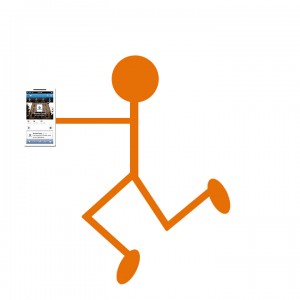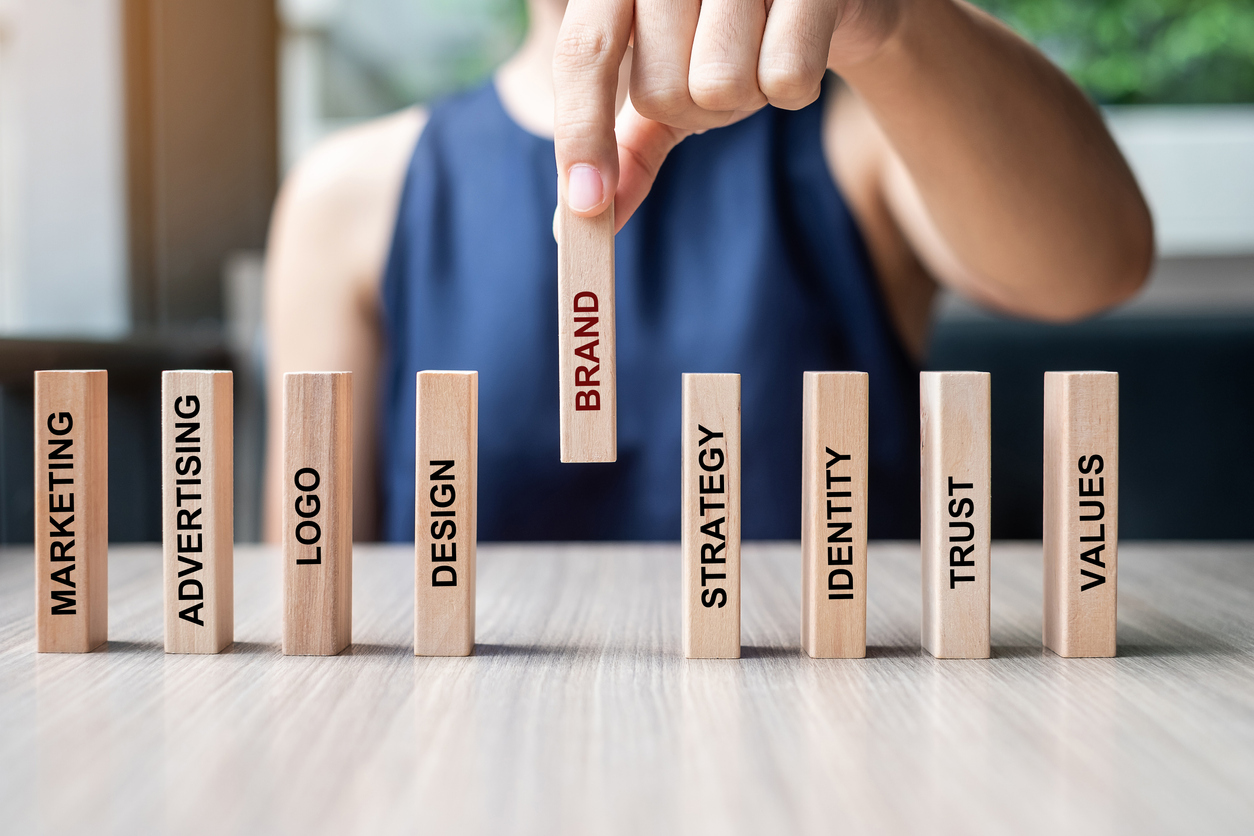Leverage Mobile Device Popularity to Provide Convenience
Convenience – Today’s consumers weigh this factor heavily as they choose whether to make the shift toward becoming loyal customers. Technological advancement has provided methods of creating the convenience factor, and businesses that leverage technology from the beginning, and continuously update it, stay ahead. Businesses that don’t practice this tend to…well, look at what happened to Blockbuster.
Not looking into the intricate details, but just the broad lesson learned, reference Blockbuster vs Redbox. Blockbuster was popular, but Redbox’s business model offered convenience by providing 24/7 kiosks, cheaper movie rentals, and the ability to return the movie to any kiosk. The location of the kiosks also helped Redbox’s success. By placing them in locations that their consumers frequently visited, like gas stations, pharmacies, grocery stores, etc, it allowed for the easy adoption of this new way of renting movies. Shortly after, Blockbuster stores were closing many of their locations and the company that once forced small time video stores to shut their doors was ultimately facing the same fate.
Not suggesting that you have to make a game changing innovation, but understanding the convenience factor and where to provide it can keep your business thriving.
Going Mobile
According to results from the 2013 Consumer Mobile Insights Study, released by Jumio, Inc, consumers want to leverage the convenience that the smart device platform provides (and interestingly chose convenience over security). Leveraging a platform that consumers want to use for convenience seems like a no brainer. But there are still certain industries hesitant to provide a smart device application. One of the reasons for this trend is that they don’t believe their customers would adopt it.
A recent study by the Business Insider provides statistics to ease that fear.
- PC sales are declining, and smart device sales have increased
- People spend more time on apps than mobile web, and the usage of apps continues to increase.
- “The growth of mobile = more usage, new apps”
- Smart phones are being used to consume content: purchasing, retail, travel services, lifestyle, etc.
Provide convenience to your customers on a platform they are currently using, a mobile device. After all, 56% of American adults have a smart phone. 34% own a tablet. They are viewing your content via these devices. If you don’t want to go the way of Blockbuster, it’s time to mobilize. Understanding what your target market wants, and where they want it, can keep you far away from suffering the same fate as the blue and yellow video giant.
Reena Prema – Guest Blogger & Marketing Manager
Genexus USA



